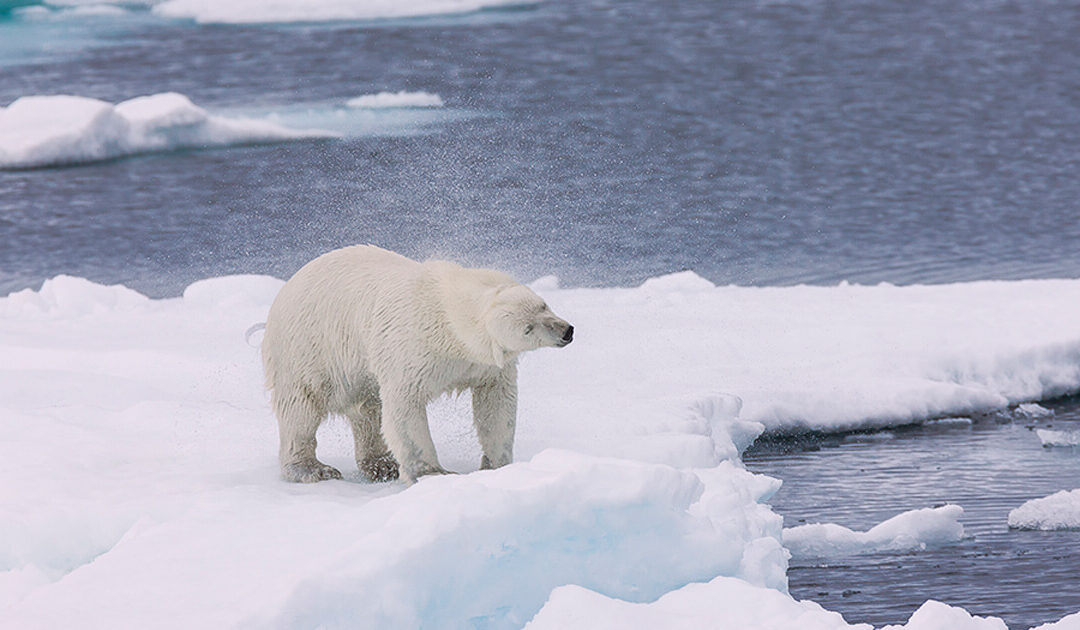Polar bears are full of contradictions: they are warm on the inside, but their outside is as cold as their surroundings; they are friend-shaped but not friendly; and they spend time in arctic waters but their fur is not icy.


Photo by Jenny E. Ross, Courtesy of Dr. Bodil Holst
How polar bears keep from becoming polar popsicles
February 13, 2025
Polar bears are full of contradictions: they are warm on the inside, but their outside is as cold as their surroundings; they are friend-shaped but not friendly; and they spend time in arctic waters but their fur is not icy. This year, researchers might have revealed the answer to this last contradiction. Julian Carolan and colleagues ![]() published a paper in the prestigious journal of Science Advances that suggests polar bear fur has some built-in anti-icing properties.
published a paper in the prestigious journal of Science Advances that suggests polar bear fur has some built-in anti-icing properties.
As mentioned above, the internal body temperature of polar bears is pretty high at around 98.4℉ (36.9℃) ![]() But if you were to pet a polar bear (and don’t pet a polar bear), you would find that their fur is really cold. This is because they are really well insulated with blubber and they have two layers of fur. Basically, they’re all bundled up with their own personal coats. What has baffled scientists for such a long time is how they keep their cold fur from being icy while thriving in a cold, aquatic environment. Dr. Bodil Holst, who was the corresponding author on this paper, said she was inspired while watching a German quiz show. A piece of trivia shared on the program was that polar bears are invisible on infrared cameras. This is because infrared cameras use heat for detection, and the polar bear fur is so cold that it blends with the surroundings.
But if you were to pet a polar bear (and don’t pet a polar bear), you would find that their fur is really cold. This is because they are really well insulated with blubber and they have two layers of fur. Basically, they’re all bundled up with their own personal coats. What has baffled scientists for such a long time is how they keep their cold fur from being icy while thriving in a cold, aquatic environment. Dr. Bodil Holst, who was the corresponding author on this paper, said she was inspired while watching a German quiz show. A piece of trivia shared on the program was that polar bears are invisible on infrared cameras. This is because infrared cameras use heat for detection, and the polar bear fur is so cold that it blends with the surroundings.
The paper by Carolan and colleagues suggests that the polar bear sebum may be the root of this anti-icing capability. Sebum is an oily substance that surrounds the hair follicle, and like polar bears, we also have sebum that collects around the roots of our hair. The researchers demonstrated that certain compounds in the polar bear fur sebum do not adhere very well to ice, like cholesterol. Emphasizing its necessity to prevent icing, when these scientists washed the fur to remove the oil, they found that ice did form on the fur.
Now, if you are thinking of not showering all winter in order to maximize the anti-icing properties of your hair, I want you to stop right there. It is important to note that there are some key differences between the sebum found in human hair and that found in polar bear fur.
One key molecule that the scientists found was not in polar bear fur sebum was squalene. This compound is found in human hair sebum as well as the sebum of many other aquatic mammals. Interestingly, they found that squalene actually adsorbed very well to the ice, meaning it was easier for the ice to form bonds with this compound as opposed to other molecules that were present in the polar bear fur sebum.

Photo courtesy of Dr. Bodil Holst, Carolan et al., 2025
Polar bears utilize this special anti-icing function of theirs to improve their daily life. When hunting, the polar bears sometimes slide across the ice to sneak up on seals. If their fur did adhere well to the ice, that would cause friction as they slid, and friction is noisy. Native Arctic cultures knew about this anti-icing function of polar bears and also used it to improve the success of hunting. They would put polar bear fur on the legs of stools, and use this to slide across the ice so they too could be stealthy and not alarm their targets.
It is fascinating how different microscopic aspects can vary the way a material interacts with another material. To make a bad pun, polar bear fur is pretty cool.
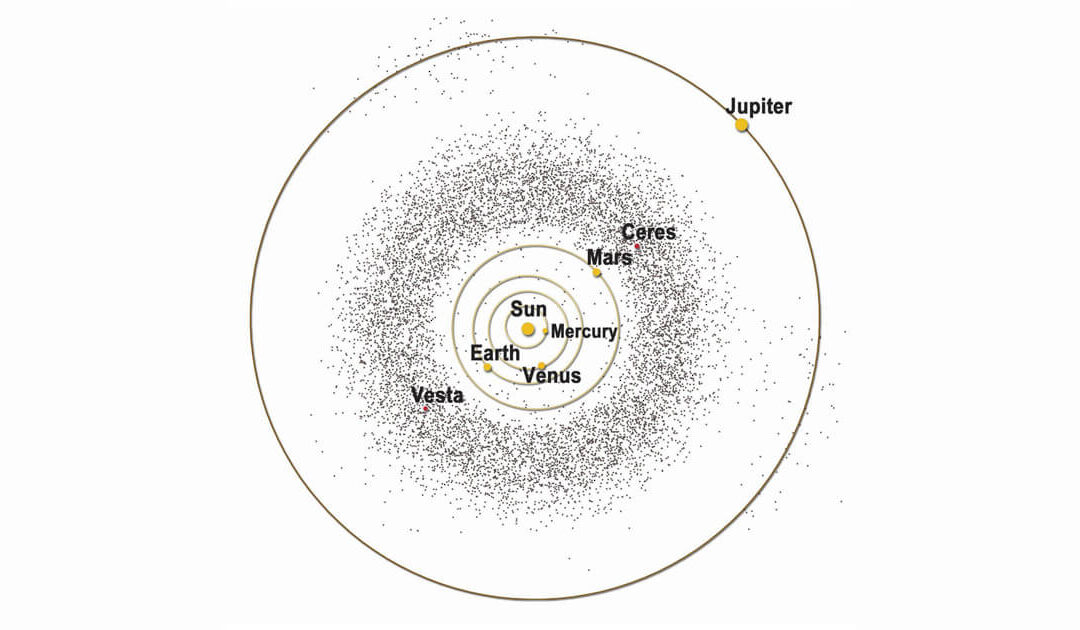
Stargazing: June 30 Asteroid Day – date of Siberian Tunguska Event; largest asteroid impact in recorded history
Pre-dawn hours of June 27 will bring peak opportunities to view June’s Bootid meteor shower. A thin crescent moon will enhance the chances of seeing meteors flash across the sky. Home > Blog ...

Stargazing: Solstice June 20– also, Moon-Saturn-Neptune close approach 5:45 a.m. June 18
Welcome summer! On Friday June 20 at 10:42 p.m. EDT, the sun will reach its northern-most point in the sky. Home > Blog Welcome...

Science Centered Profile: Joel Le Forestier, Ph.D.
Dr. Joel Le Forestier founded the Identity and Intergroup Relations Lab at the University of Pittsburgh in 2025 to study the effects of identity concealment. His research explores how hiding one’s identity can negatively impact health and social connection. His work...
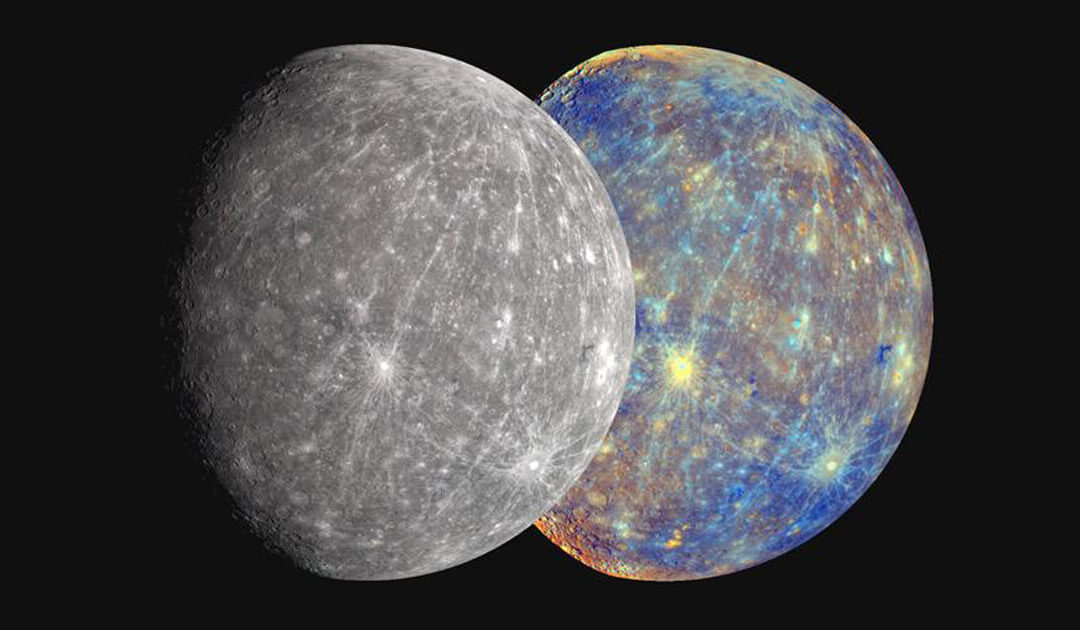
Stargazing: Mercury spotting from June 12-29
Mercury watchers will have several chances to view this elusive planet over the next two weeks. Since Mercury is the closest planet to the Sun, there is a small window in which it is visible. Home > Blog [acf...

Anxiety is My Co-Pilot
Headlines have been filled with news of plane accidents and air traffic issues, reigniting anxiety about flying. Home > Blog June 5, 2025 by Robin Oliverio, Ph.D. Is it getting...
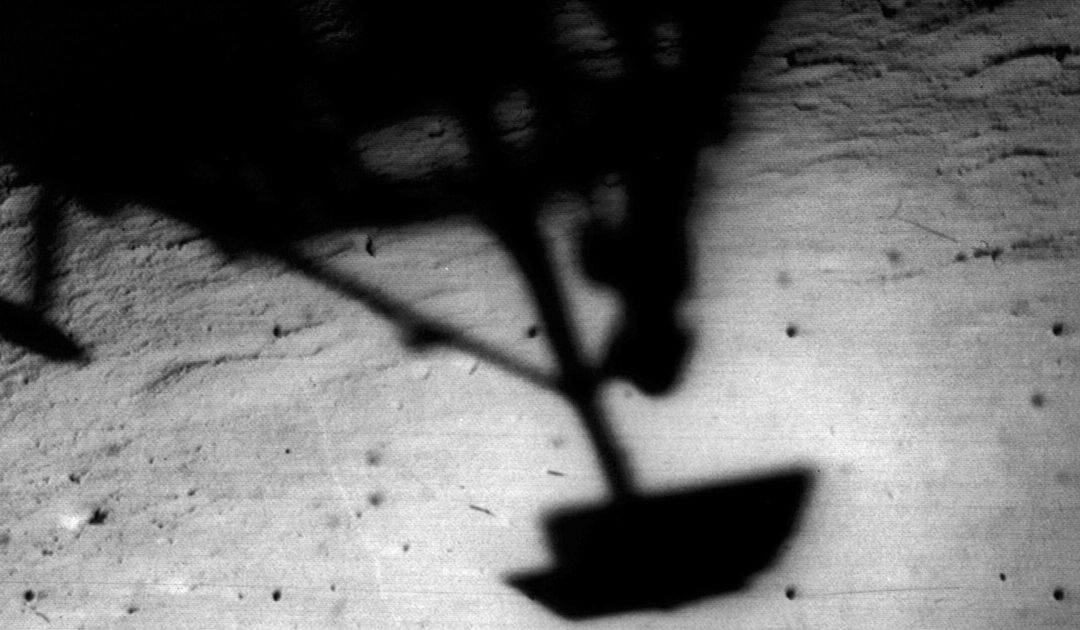
Stargazing: Surveyor 1 June 2 Moon landing 1966
On June 2, 1966, Surveyor 1 softly landed on the lunar surface, and NASA celebrated a significant success in the Space Race. Home > Blog ...
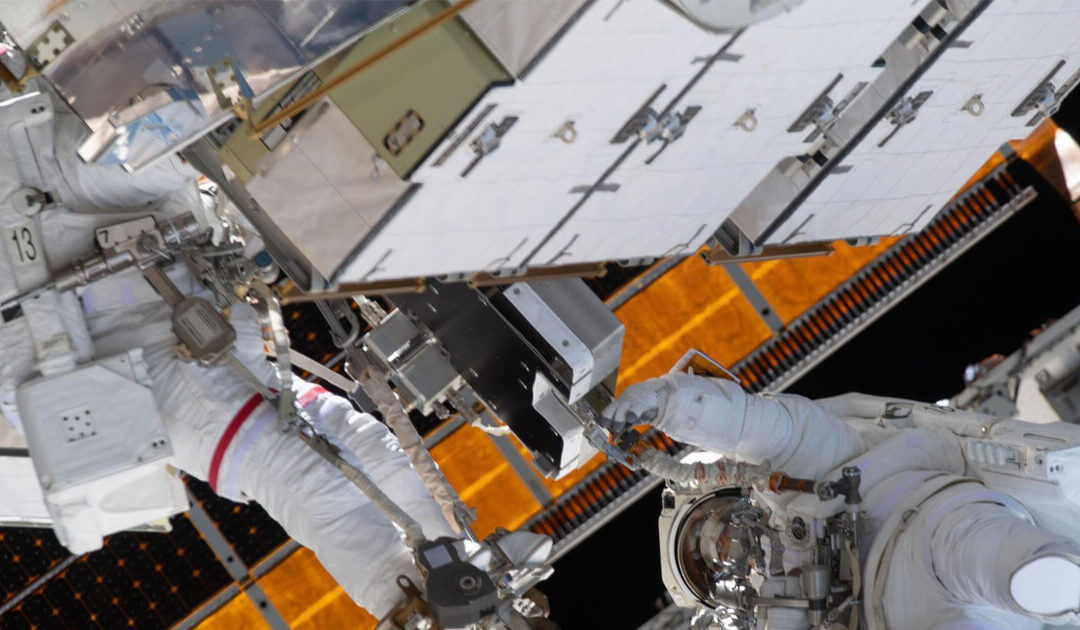
Stargazing: Ed White 1st American to walk in space/ISS’s first all-woman spacewalk
Sixty years ago, an American astronaut walked in space for the first time. At 3:45 pm on June 3, 1965, Ed White opened the hatch of the Gemini 4 mission and propelled himself into space. Home > Blog [acf...
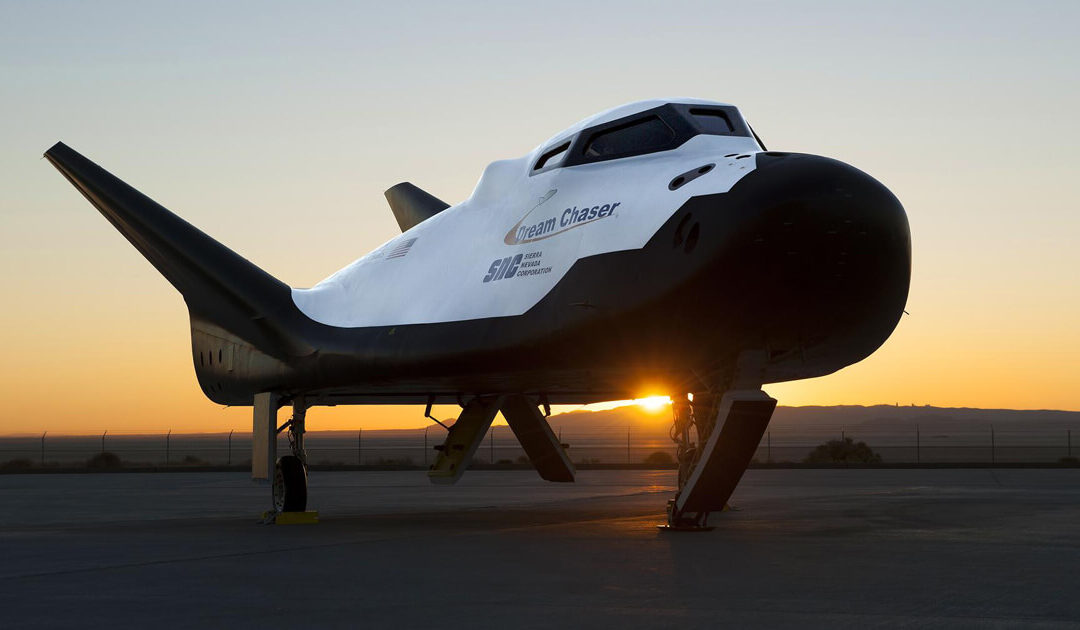
Stargazing: ULA Vulcan Centaur: Sierra Space Dream Chaser
A spaceflight first is poised to take place in May. Sierra Space Corporation, the private Colorado-based company, has been developing a reusable “spaceplane.” Home > Blog [sv...
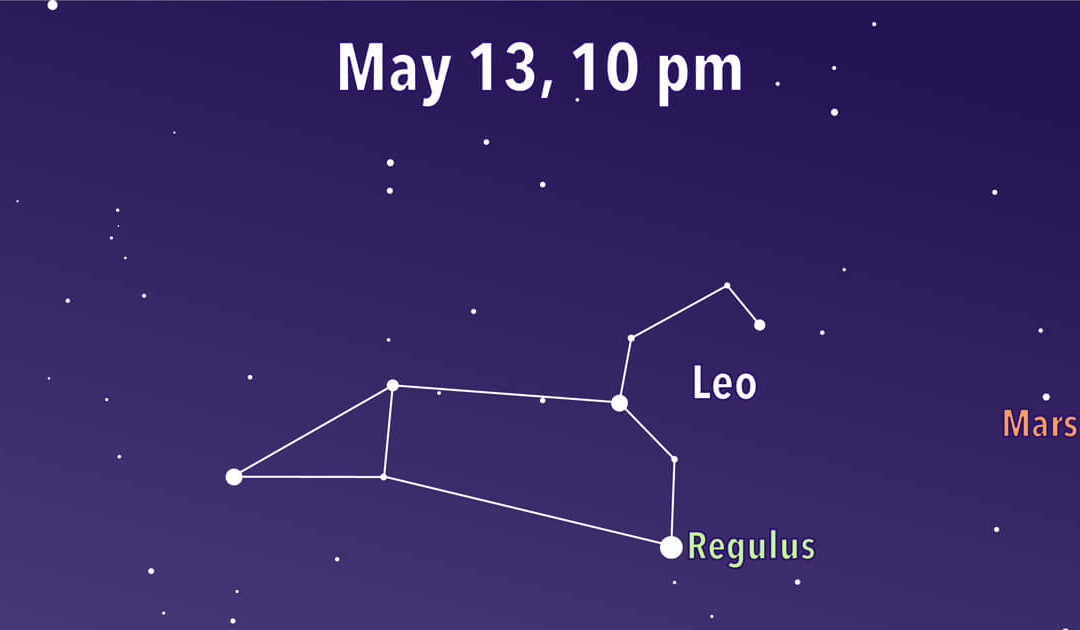
Stargazing: Leo the Lion still regal in the sky
Leo the Lion, the twelfth largest constellation, still regally rules the springtime heavens. It is easy to spot the distinctive backward question mark shape that creates the mane of Leo. A triangle of stars forms the hindquarters. Home > Blog [acf...

What’s Up with the Wind? Understanding Storms in a Changing Climate
To understand how climate change impacts wind, we first need to know how wind forms in the first place. Home > Blog May 9, 2025 by Robin Oliverio, Ph.D. Hollywood loves a good natural disaster movie – but lately, real life is...


